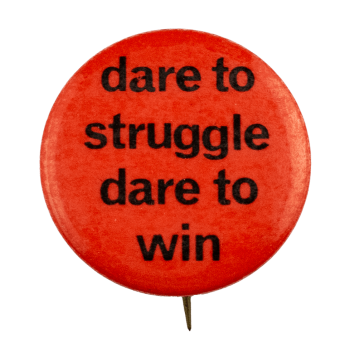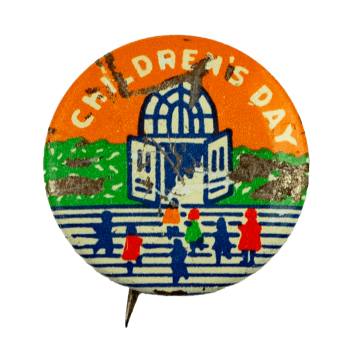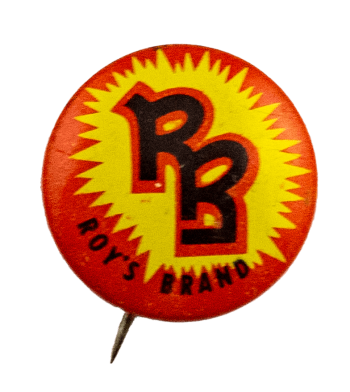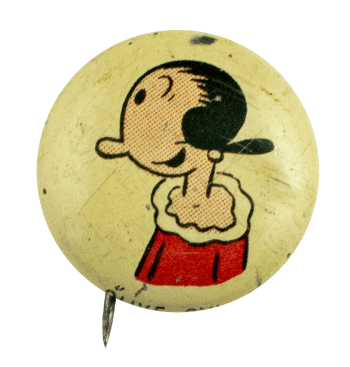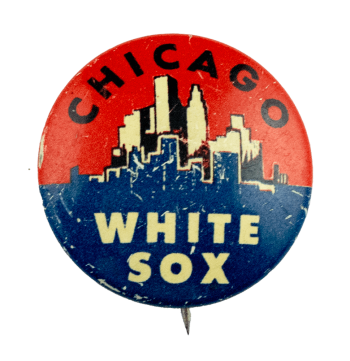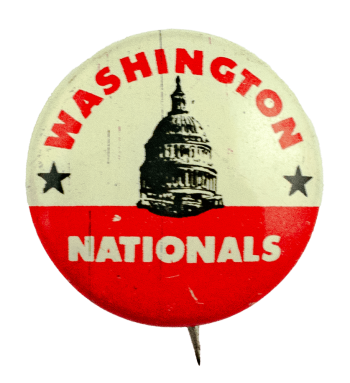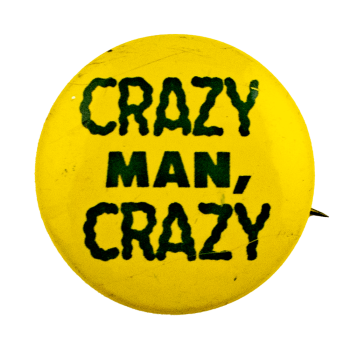Dare to Struggle Dare to Win
| Category | |
|---|---|
| Additional Images | |
| Sub Categories | |
| Text on Button | dare to struggle dare to win |
| Image Description | Black text on a red background |
| Curl Text | N.G. SLATER CORP. N.Y.C. [union bug] |
| Back Style | |
| The Shape | |
| The Size | |
| The Manufacturer | |
| Additional Information | The slogan “Dare to Struggle, Dare to Win” has been used internationally as a rallying cry in leftist and revolutionary politics. The phrase is most strongly associated with Mao Zedong, who employed it during the Chinese Communist Party’s campaigns in the mid-20th century. In the 1960s and 1970s, it was adopted by a wide range of activist groups worldwide, including anti-war demonstrators, student movements, and labor organizations, as a call to perseverance in the face of political opposition. In the United States, the slogan appeared frequently on protest signs, pamphlets, and buttons during the Vietnam War era, often produced by union printers like the N.G. Slater Corporation in New York City, a company known for manufacturing political and protest buttons. The red-and-black color scheme of this button underscores its ties to leftist political movements, with red symbolizing revolution and solidarity, and black often linked to anarchist or radical struggles. The phrase has endured into the 21st century, resurfacing in political demonstrations and campaigns around the world, demonstrating its continuing symbolic power as a statement of resistance and determination.
|
| Sources |
Interpret: China Through a U.S. Policy Lens. (2023, May 16). Dare to fight or dare to struggle? Translation of a Chinese political concept. Center for Strategic and International Studies. Retrieved September 12, 2025, from https://interpret.csis.org/dare-to-fight-or-dare-to-struggle-translation-of-a-chinese-political-concept/ Krieger, Silver. (October 13, 2016). Made By Unions For Unions: N.G. Slater Does It All. Retrieved from http://laborpress.org/made-by-unions-for-unions-n-g-slater-does-it-all/ Marxists Internet Archive. (n.d.). Quotations from Chairman Mao Tse-tung: Chapter 7 — Dare to struggle and dare to win. Retrieved September 12, 2025, from https://www.marxists.org/reference/archive/mao/works/red-book/ch07.htm N.G. Slater Corporation.com. (n.d.). About. Retrieved from https://www.ngslater.com/about.htm Semafor. (2023, May 16). How a translation choice shapes understanding of China’s political slogans. Semafor. Retrieved September 12, 2025, from https://www.semafor.com/article/05/16/2023/dare-to-fight-or-struggle-china-translation |
| Catalog ID | CA0972 |

